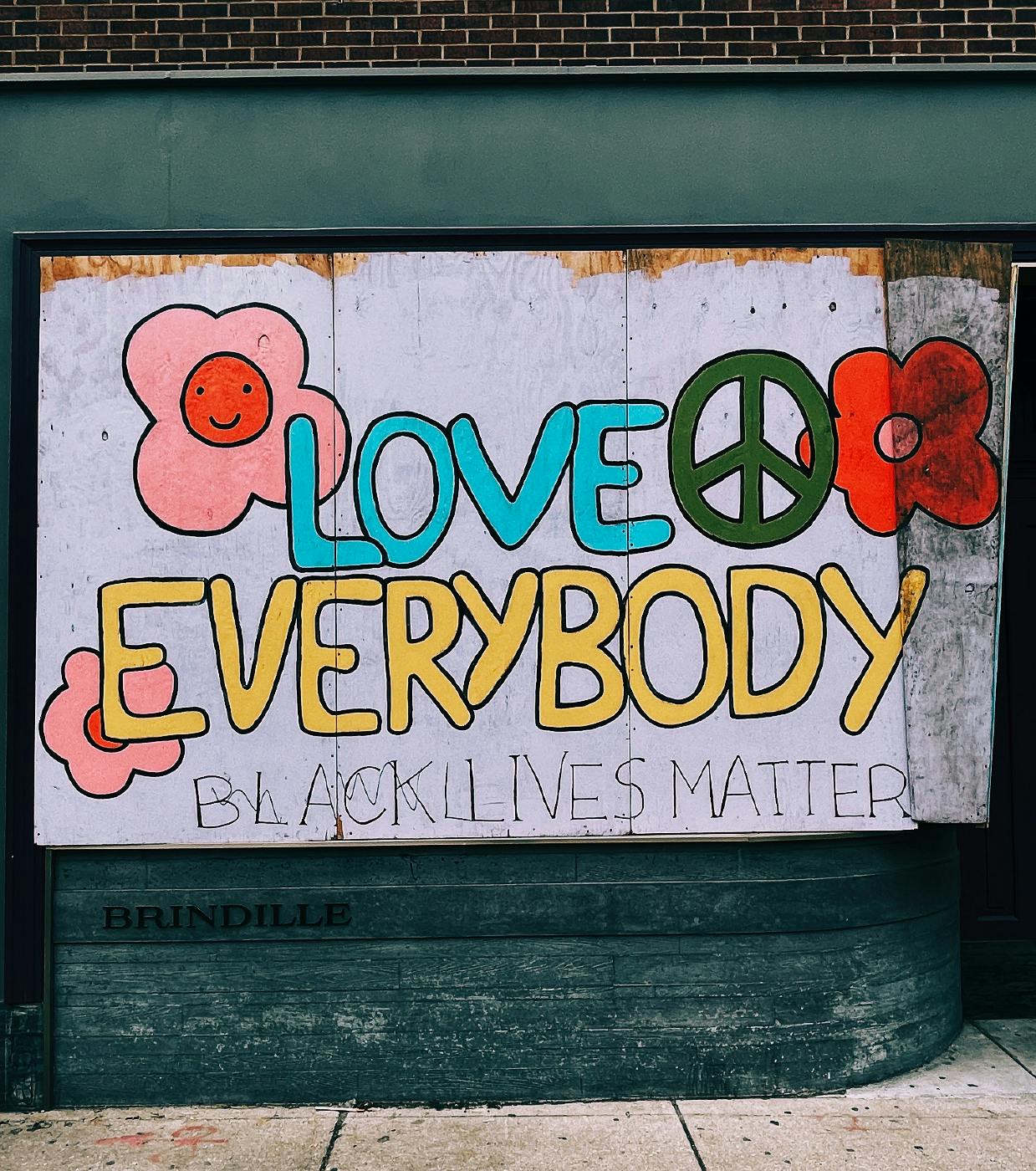

Human interaction is a complex tapestry woven from countless emotion, cognition, culture, and context threads.
As a writer, I learned about dialogue by listening. This started when I was young, before I ever thought of writing as a trade. I recall long summer days sitting around with friends and just listening. My friends all spoke their particular brand of language, shorthand, references that we all knew, woven together that made each of them unique. I learned about verbal ticks; my friend Adam used to end every sentence with “ya know.” Steven had this habit of spitting through his teeth whenever he said something that was true and, to him, monumental. I listened and later realized how people speak will often shed light on character.
I got further lessons in human interaction when I was living in Italy. I would often see couples having arguments on the street. It was amazing to watch such grand gestures, hear the fast language, and feel the anger and passion pouring out, and then, the couple would embrace and kiss. They got it out, and they moved on. That kind of free, passionate expression was exciting, and it seemed healthy to me. No holding back, covering, or repressing; just get it out and move on.
Being there to witness those arguments or moments of passion was exciting. But what made them so compelling was I was there. I was a witness. I wasn’t watching through a camera; I was standing a few feet away, eating my olive bread and witnessing. I was present. I had no desire to video or post these situations on some sort of gram; I was there, seeing, hearing and fully experiencing human moments.
As February continues, we keep looking at humans and machines. Today, we discuss human interactions and the nuances that make them so lovely, perfect, and human. Yes, you can spend your time behind a camera, or you can spend your time being present with your fellow humans. Again, this month isn’t about bashing technology but instead trying to open some eyes and ears to the human stuff happening right before us. Stuff that AI cannot replicate.
So, let’s get human.
Human Interaction
Human interaction is a complex tapestry woven from countless emotion, cognition, culture, and context threads. Our understanding of interpersonal dynamics is often framed within a binary perspective, where interactions are categorized as positive or negative, successful or unsuccessful, harmonious or conflict-ridden. However, this simplistic dichotomy fails to capture the rich diversity and nuance of human relationships. In this exploration, we delve into the multidimensional nature of human interaction, seeking to uncover the intricate layers that shape our connections with others.

Understanding the Complexity of Human Interaction
At its core, human interaction defies easy categorization. It encompasses a vast spectrum of behaviors, ranging from intimate conversations to global diplomatic negotiations. Each interaction is influenced by a multitude of factors, including personality traits, past experiences, societal norms, and situational variables. Moreover, the dynamic nature of human relationships means that interactions are constantly evolving, shaped by ongoing feedback loops and iterative exchanges.
One of the key challenges in understanding human interaction lies in navigating its inherent ambiguity. Unlike the binary logic of machines, human behavior is characterized by uncertainty and unpredictability. Individuals may convey conflicting signals, harbor hidden motives, or exhibit subtle cues that defy straightforward interpretation. As such, effective communication and empathy are essential tools for deciphering the nuances of human interaction, allowing us to bridge the gap between perception and reality.
Read More: Human Connections
Moving Beyond Dichotomies
The binary framework often employed to analyze human interaction can be limiting, reducing complex phenomena to oversimplified categories. For example, the distinction between friend and foe fails to capture the multifaceted nature of interpersonal relationships, which may encompass elements of both cooperation and competition. Similarly, the notion of success versus failure overlooks the potential for growth and learning inherent in challenging interactions.
We can adopt a more nuanced approach to understanding human interaction by transcending binary thinking. This involves recognizing the fluidity of social dynamics and embracing the ambiguity that accompanies it. Rather than seeking definitive answers or rigid classifications, we can embrace the complexity of human relationships, acknowledging that they defy easy categorization.
Read More: Beyond Screens
Cultural Influences on Interaction Patterns
Culture plays a significant role in shaping human interaction's norms and expectations. Different societies may prioritize specific values, such as individualism versus collectivism, directness versus indirectness, or hierarchy versus egalitarianism. These cultural differences can manifest in diverse communication styles, conflict resolution strategies, and interpersonal boundaries.
For example, in some cultures, silence may be interpreted as a sign of respect or contemplation, while in others, it may be perceived as indifference or discomfort. Similarly, gestures, facial expressions, and body language may carry different meanings across cultural contexts, leading to misunderstandings or misinterpretations. By recognizing and respecting cultural diversity, we can foster greater understanding and harmony in our interactions with others.
The Role of Emotion in Human Interaction
Emotion is a fundamental component of human interaction, influencing our thoughts, actions, and relationships. From joy and affection to anger and sadness, emotions shape how we perceive ourselves and others, driving our behavior in subtle yet powerful ways. Moreover, emotions are contagious, spreading rapidly through social networks and influencing the moods of those around us.
In many cases, emotions serve as a lens through which we interpret and respond to interpersonal events. For example, a perceived slight may trigger feelings of resentment or betrayal, leading to conflict or estrangement. Conversely, acts of kindness or empathy can foster feelings of warmth and connection, strengthening bonds of trust and cooperation.
However, emotions are not always straightforward or easy to manage. Individuals may struggle to express or regulate emotions effectively, leading to misunderstandings or interpersonal conflict. Moreover, cultural norms and gender expectations may influence how emotions are expressed and perceived, further complicating the dynamics of human interaction.
Read More: Conversation and Connection

Building Empathy and Understanding
Empathy is the ability to understand and share the feelings of others, a crucial skill for navigating the complexities of human interaction. By putting ourselves in someone else's shoes, we can gain insight into their perspective, motivations, and emotions, fostering greater connection and mutual respect. Empathy allows us to bridge differences, resolve conflicts, and cultivate meaningful relationships built on trust and understanding.
Developing empathy requires active listening, genuine curiosity, and a willingness to suspend judgment. Rather than imposing our own assumptions or expectations onto others, we can strive to appreciate their unique experiences and perspectives. Through empathetic engagement, we can transcend the limitations of binary thinking, embracing the rich tapestry of human diversity that enriches our lives.
Read More: The Significance of Empathy
Summing Up
Human interaction is a multifaceted phenomenon, shaped by a myriad of factors ranging from culture and emotion to communication and empathy. By moving beyond binary frameworks and embracing the complexity of human relationships, we can deepen our understanding of ourselves and others, fostering greater connection, compassion, and collaboration in an increasingly interconnected world. As we navigate the nuances of human interaction, let us approach each encounter with an open mind and a generous heart, recognizing the beauty and diversity that lies beyond the binary.
Read How This Series Started: Humans and Machines
